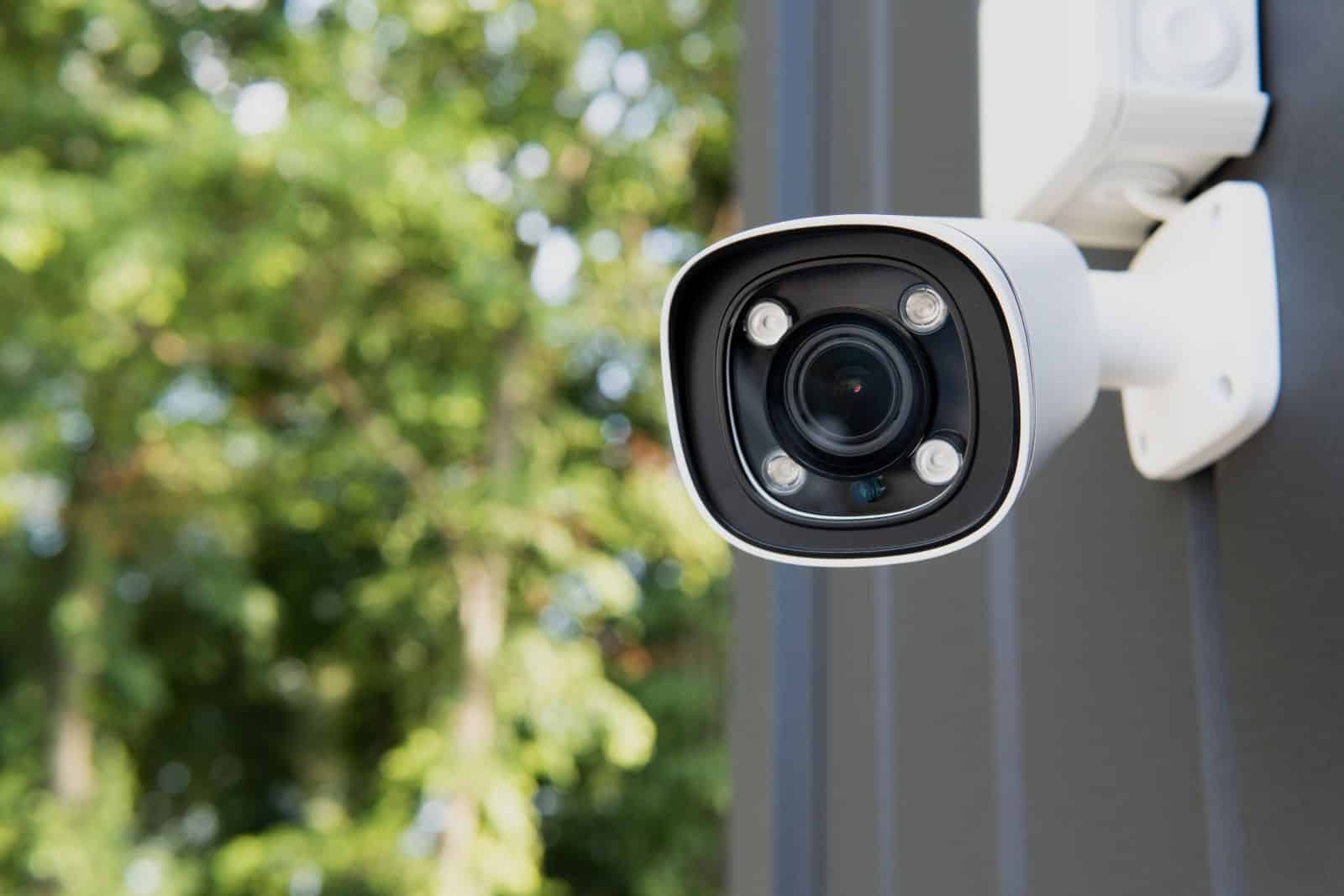Recent years have seen significant shifts in how Australians approach residential security. Crime data continues to show home security breaches remain an ongoing concern, with urban areas facing higher incidence rates due to population concentration, while country properties contend with vulnerability due to remoteness. This changing security environment has led homeowners throughout Australia to reassess their security strategies.
Beyond Protection: The Multi-Dimensional Benefits of Security Systems
Contemporary security solutions provide significantly more than just intrusion detection. They offer comprehensive protection for everyone in your home, including monitoring for children, elderly relatives, and even pets during your absence. Furthermore, many insurance providers now offer reduced premiums for residences with verified security installations, delivering financial advantages alongside increased safety.
Key Elements of a Comprehensive Security Solution
Surveillance Options: Professional Monitoring vs. Self-Managed Approaches
Australians considering security systems must choose between professionally monitored services and self-monitored options. Professional monitoring provides round-the-clock surveillance with trained staff ready to contact emergency services, while self-monitored systems send alerts directly to homeowners through smartphone apps. This decision typically depends on lifestyle considerations, including frequency of travel and desired response capabilities.
Compatibility with Smart Home Technology
With increasing smart home adoption across Australia, compatibility with ecosystems like Google Home, Amazon Alexa, and Apple HomeKit has become essential. This integration enables convenient functionality, from voice-controlled system activation to receiving instant notifications and viewing live footage remotely from anywhere.
Next-Generation Video Surveillance
Camera quality represents a crucial investment in any security package. High-definition cameras provide identifiable footage that proves invaluable during investigations. Given Australia’s varied environmental conditions, from bright coastal properties to darker rural settings, cameras with exceptional performance in low light and night vision capabilities are particularly valuable.
Smart Detection Technology
Modern security heavily utilises advanced motion detection systems. Latest-generation equipment incorporates AI to reduce false alarms, especially beneficial in homes with pets or properties surrounded by vegetation that might trigger standard sensors. This intelligence enables customised sensitivity settings that balance thorough protection with everyday practicality.

Security System Options for Australian Homes
Connection Types: Wired vs. Wireless Systems
Australian properties present various structural considerations affecting the choice between wired and wireless security solutions. Wired systems offer connection reliability but require more extensive installation work. Wireless alternatives deliver flexibility and easier setup, making them suitable for renters or properties with limited installation access.
Setup Methods: DIY Installation vs. Professional Implementation
Today’s market offers increasing choices for self-installed security packages appealing to cost-conscious homeowners seeking straightforward protection. These systems work effectively for smaller properties with conventional layouts.
However, larger estates or properties requiring specialised features like boundary monitoring or integrated emergency response benefit from professional installation, ensuring proper coverage and compliance with regulations.
Protection Approaches: Camera-Based vs. Sensor-Based Systems
Different Australian environments require different security strategies. While sensor-based systems provide effective intrusion detection, they lack the visual documentation that camera systems deliver. Urban dwellings near busy areas particularly benefit from video surveillance for both deterrence and evidence purposes. Rural properties often require combined solutions that monitor extensive grounds while securing main buildings.
Strategic Positioning for Optimal Protection
Crucial Exterior Security Points
Research indicates intruders most commonly target front doors, rear entrances, garages, and ground-floor windows. Effective security requires strategic camera placement above these areas with sufficient viewing angles to cover approach paths. Combined motion-activated lighting and camera systems provide particularly effective nighttime deterrence for suburban Australian properties.
Interior Protection Zones and System Hubs
Inside the home, concentrate protection on main traffic areas such as hallways and living spaces to detect unauthorised movement while maintaining privacy in personal areas. Position central control units in accessible yet secure locations where they can effectively communicate with all system components while remaining protected from tampering attempts.
Budget Considerations for Australian Security Systems
Understanding Complete Cost Framework
When planning for home security, Australian homeowners should account for both initial purchase and ongoing expenses. Basic DIY packages begin around $300-500, while comprehensive professional installations range from $1,500-5,000, depending on property size and features.
Monthly monitoring fees typically cost between $30 – $90, with additional expenses for cloud storage, software updates, and maintenance.
Financial Benefits and Incentive Programs
Security investments may qualify for various financial advantages depending on location and system specifications. Many insurance companies offer premium reductions for homes with approved security installations.
Some local governments also provide rebates or incentives for certain security improvements, particularly in areas with targeted crime prevention initiatives.
Making a Well-Informed Security Choice
Property Evaluation and Customised Risk Assessment
Before selecting a security system, perform a thorough assessment of your property’s specific vulnerabilities. Consider factors like property dimensions, entry points, household composition, including children or pets, and neighbourhood characteristics. Urban apartments have different security requirements than suburban family homes or rural properties.
Essential Evaluation Criteria for Security Providers
When consulting with security professionals, ask about system expandability, update policies, support availability, and warranty coverage. Verify appropriate licensing for your state or territory, and discuss important considerations like power outage protocols, footage storage options, and expected system lifespan.
Securing Your Future
Choosing the right security system for your Australian property requires balancing technological capabilities, household needs, and practical considerations. Whether you live in a busy urban centre or a quiet country area, today’s advanced security solutions offer unprecedented protection capabilities.
By understanding your specific requirements and available options, you can make an informed investment that provides lasting protection and peace of mind for your household.
